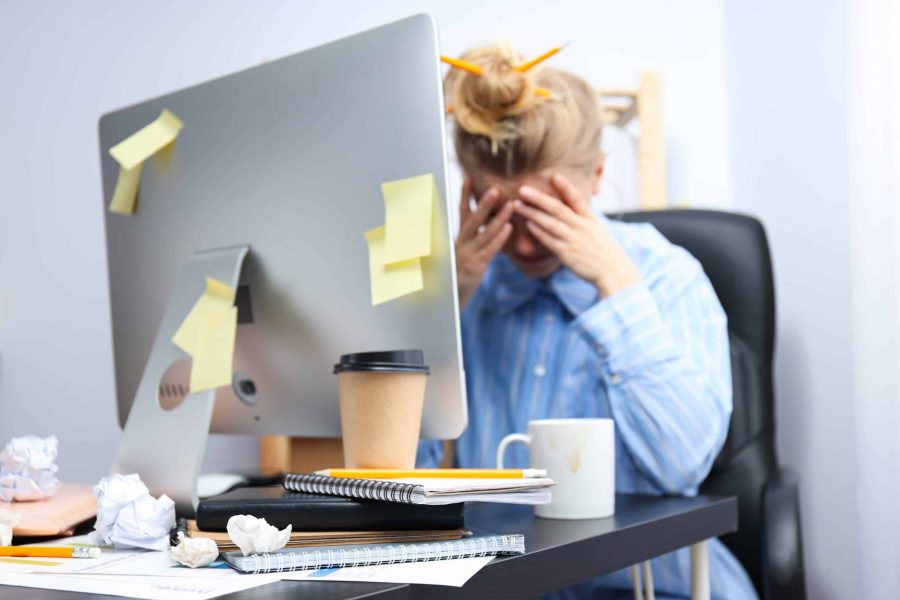Cleaning one’s living or working space isn’t just about appearance; it significantly influences health, mental well-being, and the longevity of a home or property. Unfortunately, many individuals unknowingly adopt improper cleaning habits, thinking they’re being thorough. These misguided practices can sometimes cause more harm than good, both to the place and its inhabitants. This article sheds light on some of these common mistakes, offering insight on why they’re detrimental and how best to avoid them.
Contents
Letting Clutter Accumulate
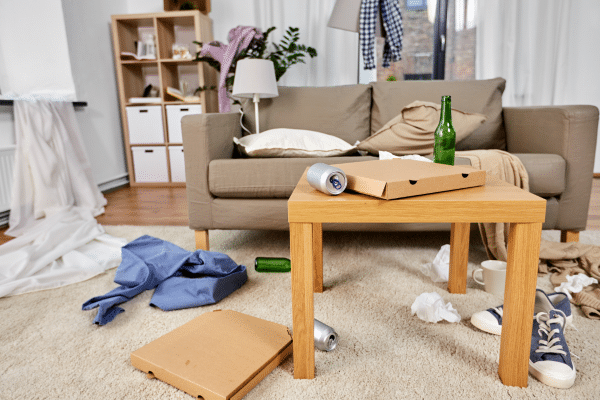
A cluttered space isn’t just an eyesore; it hampers effective cleaning and can contribute to increased stress and decreased productivity. When items pile up, be it papers on a desk, clothes on a chair, or dishes in a sink, they create hiding spots for dust, allergens, and even pests. Cleaning around clutter is less effective, as it becomes challenging to reach every nook and cranny where dirt might be lurking.
Beyond the physical impediments, clutter has psychological implications. Living or working in a cluttered environment can lead to feelings of overwhelm, anxiety, and reduced motivation. It becomes a vicious cycle, where the clutter demotivates cleaning efforts, leading to even more disarray. Tackling clutter head-on, organizing possessions, and maintaining a system to prevent accumulation are crucial steps in ensuring a space isn’t just clean but also mentally uplifting.
Using The Wrong Cleaning Products

Navigating the cleaning aisle at your local store can be overwhelming, with countless products claiming superiority. Despite the marketing hype, not all cleaning products are suitable for every task or surface. Using the wrong solution can not only be ineffective but also potentially damaging. For instance, an abrasive cleaner might scratch a delicate surface, or a product with bleach could discolor fabrics. It’s essential to understand and match the cleaning agent to the job at hand to ensure efficiency and avoid unnecessary harm.
Apart from the immediate concerns of damage or inefficiency, there’s a broader issue at play: the environment and personal health. Many cleaning agents contain chemicals that, if used excessively or inappropriately, can be harmful. Frequent exposure to these chemicals can lead to skin, respiratory, or eye irritations. Moreover, when washed down the drain, they can contribute to environmental pollution. Opting for environmentally friendly products or being more discerning in product selection can mitigate these concerns.
Ignoring “High Touch” Areas
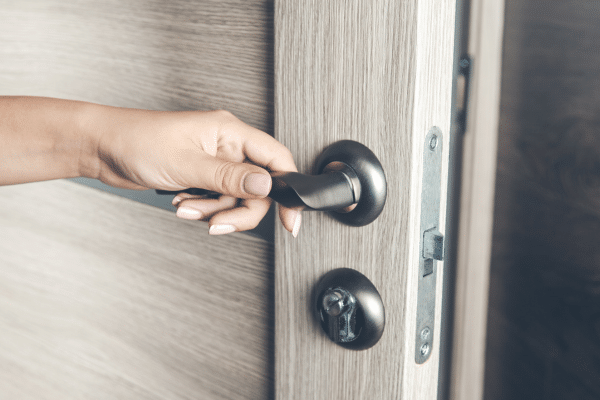
In every home or office, certain spots are touched more frequently than others. Think of doorknobs, light switches, or appliance handles. While these “high touch” areas might seem insignificant, they become hotspots for germs and bacteria due to their frequent contact. Yet, often, these spots are overlooked during routine cleaning. By not giving them due attention, there’s a risk of facilitating the spread of germs, leading to potential health issues, especially during flu season or in the midst of a viral outbreak.
Ensuring that these areas are cleaned and sanitized regularly can make a significant difference in the overall health of a household or workspace. It’s not just about tackling visible dirt; it’s about addressing the invisible threats that lie in wait. In today’s world, where health and hygiene are paramount, paying attention to such details is not just good practice; it’s a necessity.
Overusing Or Underusing Product
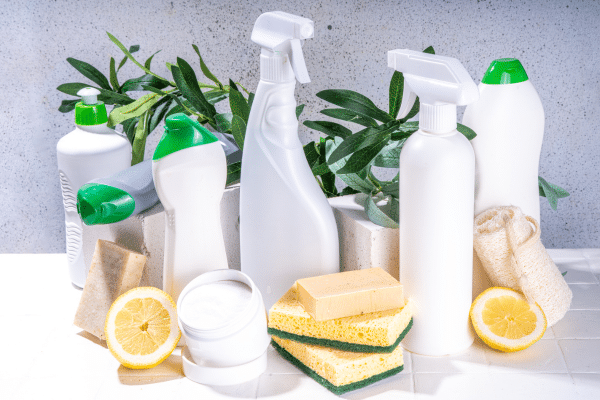
The belief that “more is better” doesn’t always hold true in the world of cleaning. Using excessive amounts of a cleaning product might give the illusion of ensuring a space is spotless, but it can introduce a host of problems. Overuse can lead to waste, unnecessary costs, and often leaves residues that attract more dirt over time. Residues can also become slippery hazards on floors or cause surfaces to become sticky, drawing even more grime and requiring frequent cleaning.
Conversely, skimping on cleaning products has its own set of issues. Using too little can render a cleaning session ineffective, leaving behind germs, dirt, or stains that the product could have otherwise tackled. This doesn’t just mean the effort is wasted, but it can lead to the illusion that a surface is clean when, in reality, it might be harboring harmful bacteria or unsightly spots. Balancing the right amount of product is key to effective cleaning without the negative consequences of overuse or underuse.
Not Reading Labels

It might seem like a basic step, but taking the time to read and comprehend the instructions on cleaning products can prevent a multitude of mishaps. Without understanding a product’s intended purpose and proper usage, one might apply it to unsuitable materials or surfaces, leading to damage, discoloration, or ineffective cleaning. For instance, using a product not intended for wood on a wooden surface could strip its natural oils, leading to dryness and cracks.
Furthermore, many cleaning agents come with specific safety guidelines to protect those using them. Without adhering to these guidelines, one might expose themselves to harmful chemicals, resulting in skin irritations, respiratory issues, or other health complications. Always wearing recommended protective gear, using products in well-ventilated areas, and storing them out of children’s reach are just a few examples of crucial safety instructions that can be found on product labels.
Not Drying Surfaces Properly
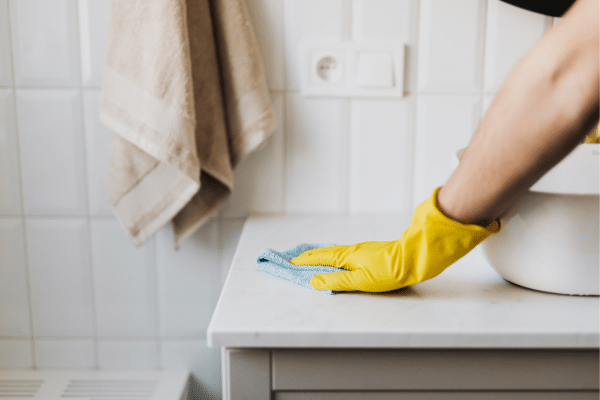
One might think that after washing or cleaning, the job is done. However, leaving surfaces damp is an invitation to a host of problems. Moisture can be a breeding ground for bacteria and mold. Especially in areas with limited ventilation, dampness can linger, encouraging these unwanted guests to thrive. This isn’t just a concern for hygiene but can also lead to unpleasant odors and long-term damage to materials.
In spaces like bathrooms or kitchens where water use is frequent, ensuring surfaces are dry is crucial. Using a squeegee on shower walls, wiping down countertops, or ensuring that no water pools in sinks or on floors can prevent mold growth and water damage. It’s also essential to dry other areas, like windows or wooden surfaces, to prevent streaks, water spots, and potential warping. Ensuring surfaces are dry post-cleaning is a simple step, but it’s crucial for both the cleanliness and longevity of a space.
The Bottom Line
Maintaining a clean environment goes beyond mere aesthetics; it’s intertwined with health, well-being, and the preservation of property. Many well-intentioned cleaning habits can be counterproductive or even damaging. Recognizing and rectifying these common mistakes can lead to a safer, healthier, and more enjoyable living or working space. Being informed, methodical, and attentive to details in cleaning routines can make all the difference in fostering a truly clean and harmonious environment.


